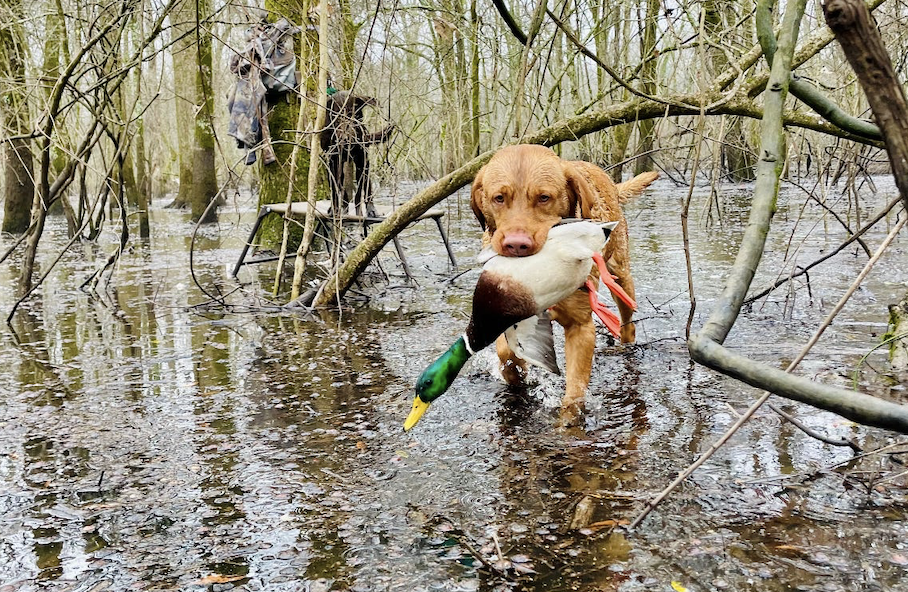Paralysis: Dogs in the Woods at High Risk
Coonhound paralysis (a.k.a. ‘polyradiculoneuritis’) is a neurologic condition resulting in progressive paralysis. Any dog is susceptible and those who spend time in the woods or rural areas on a regular basis are at higher risk for acquiring this disorder. Contact with raccoon saliva through a bite or scratch is associated with development of Coonhound paralysis symptoms, though contact with a racoon is not always reported in affected dogs. Symptoms are associated with an abnormal immune response that affects the nervous system. Symptoms of this disorder are progressive, meaning the symptoms worsen over the time frame of approximately one to two weeks.
Most dog owners first notice some or all of the following symptoms following exposure to a source:
- Stiffness in legs and/or difficulty walking
- Abnormal bark
- Muscle weakness
- Fatigue
- Drooping of facial muscles
- Labored breathing
- Paralysis
- Diminished reflexes
When you begin to notice symptoms, contact your regular veterinarian for an exam. Many diseases and disorders mimic one another; your vet may advise diagnostic testing to rule out other sources for the weakness or paralysis. Severely affected dogs will likely require hospitalization to assist breathing, urination, and defecation. The majority of dogs can be managed at home with adequate nursing care. Resolution of symptoms may take several weeks to months; during recovery, dogs may experience some muscle wasting, increased pain sensory, and possible pressure sores. Regular physical therapy and assisted movement, as well as comfortable and clean bedding, will be required.
Good news:
Most dogs recover from coonhound paralysis with minimal long term effects. Some dogs may have recurring symptom flare ups throughout their lifetime. Coonhound paralysis should always be on the list of possibilities for an outdoor dog who develops weakness or paralysis.
Note: The mechanism behind Coonhound paralysis is not completely understood. Viral and bacterial infections may also play a role in this disorder and further research is still necessary to understand the exact biological process.
### Amanda Burow, D.V.M. (Dr. B), is a graduate of Iowa State University’s College of Veterinary Medicine. Dr. Burow’s patient list includes hunting dogs of all varieties, as well as several field trial dogs and full time sporting guide dogs. In addition to practicing general veterinary medicine, she has special interest in the areas of preventive care, emergency medicine, and dermatology. In her spare time, she enjoys being outdoors and on the lake, staying active, reading, and spending time with family and friends. Mud River is proud to share these tips from Dr. B with our customers. Keep in mind it is best to work with your local veterinarian to determine the needs for your animals.










